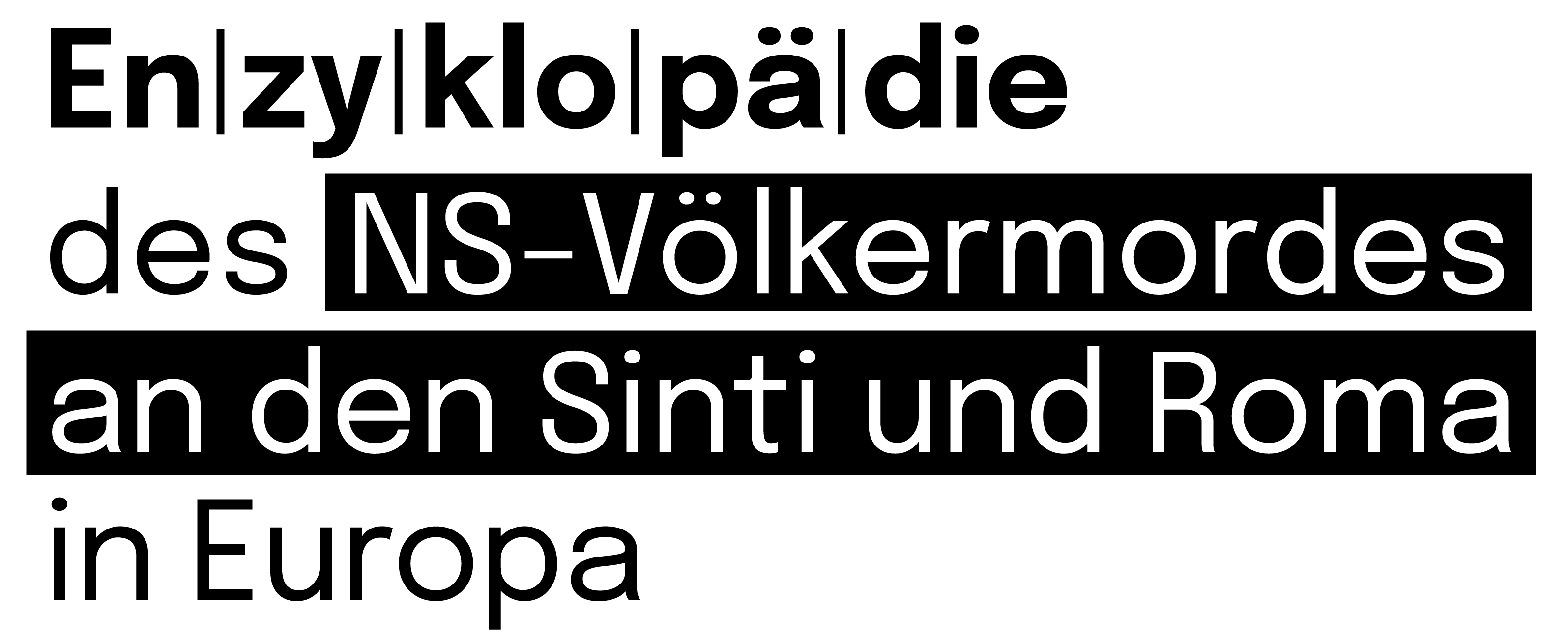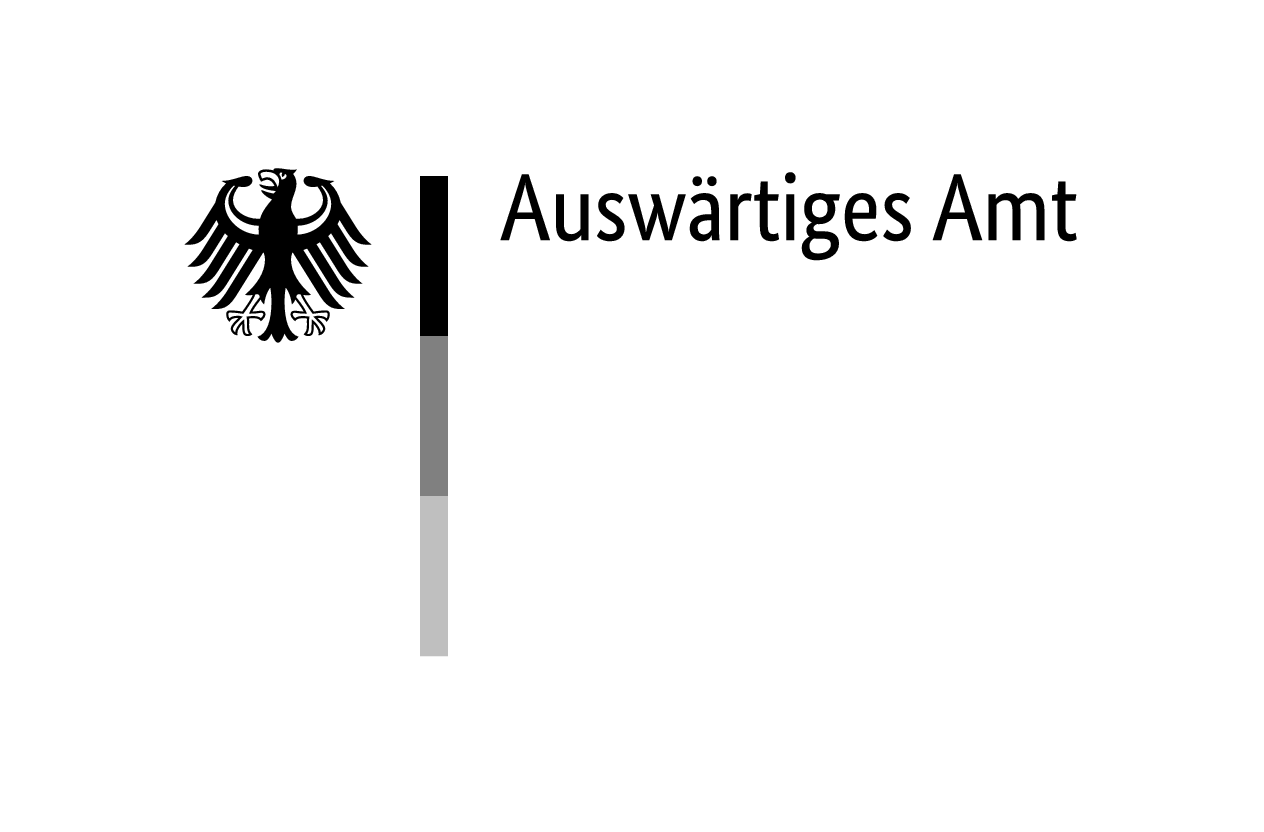Brno [German: Brünn] was the capital of Moravia in the Czechoslovak Republic. Roma had begun to settle there during the 19th century, initially taking up residence in the outskirts (primarily Černovice, Bystrc and Žebětín). The largest Romani settlement was established in Černovice, where the inhabitants initially lived in wagons or sheds and later in houses. Because of its location near the bone meal factory, the settlement was called ‘near the bone factory’ [Czech: ‘U kostivárny’]. On the basis of Law No. 117/1927 Coll., a ban on the entry of ‘roaming Gypsies’ into the territory of Brno was announced on 4 May 1928. The state authorities tried to concentrate the Romani population from other parts of the city in this ‘emergency colony’ in Černovice, and that led to an increase in the population there (totally more than 150 people in 1939). In addition, the Romani population lived in varying numbers in the city districts of Bystrc, Slatina, Žebětín and elsewhere.
Forced Settlements and Deportation
After the German occupation and the establishment of the Protectorate of Bohemia and Moravia, around 250 Romani men, women and children were settled in Brno in 1940, some at the behest of the authorities. In addition to the largest settlement of Roma, the ‘colony’ in Černovice, individuals and families were also forced to settle in Slatina and Bystrc. From 2 August 1942 onwards, several dozen Romani men, women and children from Brno were interned in the ‘Zigeunerlager’ Hodonin near Kunstadt. The remaining people designated as ‘Gypsies’ were under constant police surveillance.
The deportation of Roma from Brno to Auschwitz-Birkenau concentration and extermination camp took place at the beginning of March 1943. It was the first mass transport of Roma and Sinti from the Protectorate based on the Auschwitz Decree. The Detective Chief Superintendent of the German Criminal Police was entrusted with the organisation and supervision of the transport, and the Detective Superintendent of the Crime Department of the Brno Police was responsible for its management on the ground. The stables of the cavalry unit of the Uniformed Protectorate Police, which were located on Masná Street, served as an assembly point before the transport. From the first days of March, individuals and families from Brno and the surrounding area and from other parts of Moravia were concentrated there in inhuman conditions. They had to hand over all personal documents and undergo a humiliating haircut and disinfection immediately after arriving at the site. On 6 March 1943 they were transferred to a ramp in the nearby city slaughterhouse and transported from there in freight wagons. Approximately 1,000 men, women and children were deported to Auschwitz-Birkenau, and most of them perished. Other individuals were included in subsequent mass transports. Roma from Brno who were interned in the camp Hodonin near Kunstadt were deported with the remaining inmates of that camp in a mass transport that arrived at Auschwitz-Birkenau on 22 August 1943. After the war, only a few survivors returned, so the sites of former Roma settlements in Brno were left derelict or destroyed. The site in Černovice was redeveloped to house members of the majority population.
Aftermath
On 30 May 2000, on the initiative of the historian Ctibor Nečas (1933–2017), a commemorative plaque was placed on one of the original buildings of the assembly site on Masná Street, and after that commemorative events were held there every year. Following the demolition of the building, the plaque was relocated to the Museum of Romani Culture, where the commemorative events have been held since 2004.
On 17 September 2014, a memorial to the victims of the Holocaust was unveiled on 28th October Square with the inscriptions ‘Let us not forget’ in Czech, Hebrew and Romanes and the Czech inscription ‘Out of respect for Jews and Roma murdered and taken from Brno to concentration camps in the years 1939–1945 / To all victims of Nazi racial persecution’. The monument was created by the City of Brno with the cooperation of local Romani and Jewish organisations based on a public competition.
On 30 September 2017, two Stolpersteine (Stumbling Stones) were placed on the site of the former Romani ‘colony’ in Černovice to commemorate the couple Jan (1899‒1943) and Amália Daniel (1902‒1943), victims of the Auschwitz-Birkenau concentration and extermination camp. These are thought to be the first stumbling stones for the victims of the Nazi genocide of the Roma not only in the Czech Republic, but also in Central and Eastern Europe. On 7 March 2020, two Stolpersteine were laid in the Žebětín district with the names of Jana Danielová (1887‒1943) and her daughter Anastázie Danielová (1924‒after 1943), two local Romani residents who were murdered in Auschwitz-Birkenau. Both of these activities took place on the initiative of Leoš Fučík (born 1953) from the association Opus Lacrimosa, with the cooperation of the local Romani organisation DROM and the Museum of Romani Culture.




